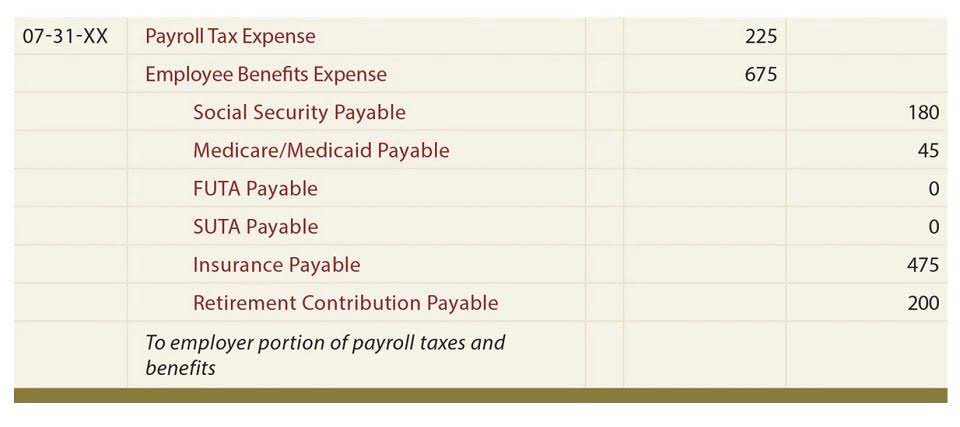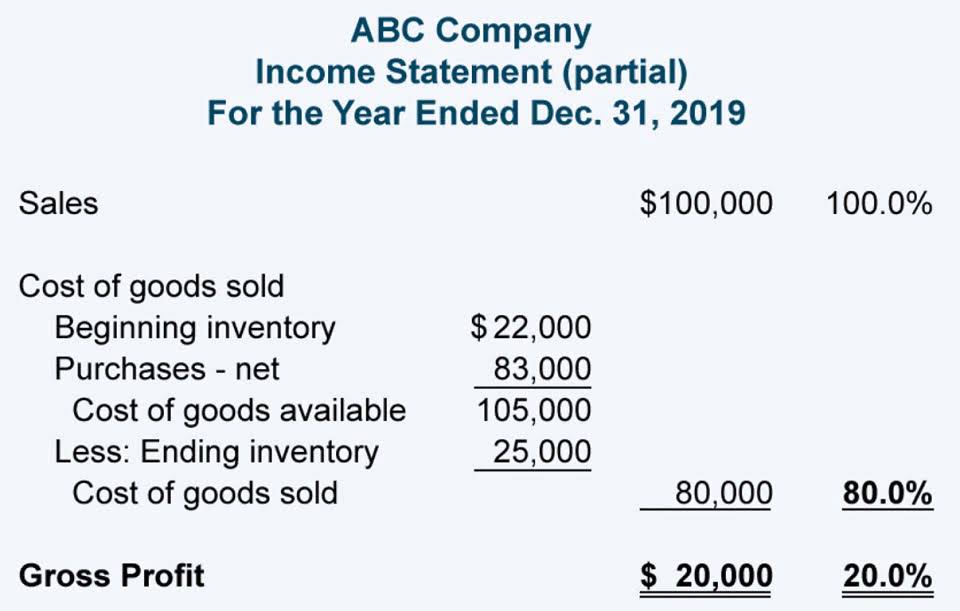But, these models reflect non-cash expenses like depreciation; to get the exact Break-Even point, non-cash expenses must be subtracted. Fixed Costs are expenses that remain constant, such as rent, salaries, and insurance. Variable Costs, on the other hand, fluctuate with the level of production or sales, including materials, labor, and direct production costs. Break-even analysis is realistically applicable for those businesses that work with only one price-point. That is, if there are many prices and various products, then the break-even analysis might not be the best course of action.
Contractor Calculators
The fixed costs are those which don’t depend on the volume of sales such as rent, insurance, taxes, and loan payments. The variable costs are those which are directly dependent on the sales volume such as manufacturing costs, commissions, packaging, and labor costs. The selling price or sales per unit is the price at which you are selling each product to your customer. https://www.bookkeeping-reviews.com/ Once you’re above the break-even point, every additional unit you sell increases profit by the amount of the unit contribution margin. This is the amount each unit contributes to paying off fixed costs and increasing profits, and it’s the denominator of the break-even analysis formula. To find it, subtract variable costs per unit from sales price per unit.
Options Trade Breakeven Points
The number of units to produce the desired profit is the sum of Break Even point of the unit and desired profit in dollars upon contribution margin per unit. This break-even calculator allows you to perform a task crucial to any entrepreneurial endeavor. Please go ahead and use the calculator, we hope it’s fairly straightforward. If you’d rather calculate it manually, below we have described how to calculate the break-even point, and even explained what is the break-even point formula. To find your variable costs per unit, start by finding your total cost of goods sold in a month.
- The higher the variable costs, the greater the total sales needed to break even.
- In cases where the production line falters, or a part of the assembly line breaks down, the break-even point increases since the target number of units is not produced within the desired time frame.
- The fixed cost of the product is $1,000, and the contribution margin per unit is $100.
- First we take the desired dollar amount of profit and divide it by the contribution margin per unit.
How to Conduct Break-Even Analysis
This can work for businesses that are already running for a few years too. Break-even point analysis prepares you and shows you if you might need to take debt in the future. This means Sam needs to sell just over 1800 cans of the new soda in a month, to reach the break-even point. Let’s show a couple of examples of how to calculate the break-even point.
As you increase your sales price, your break-even point decreases. If your sales price is too low, you might have to sell too many units to break even. And as much as we think a lower price means more buyers, studies actually show that consumers rely on price to determine the quality of a product or service. It’s also important to keep in mind that all of these models reflect non-cash expense like depreciation. A more advanced break-even analysis calculator would subtract out non-cash expenses from the fixed costs to compute the break-even point cash flow level.
Consider the following example in which an investor pays a $10 premium for a stock call option, and the strike price is $100. The breakeven point would equal the $10 premium plus the $100 strike price, or $110. On the other hand, if this were applied to a put option, the breakeven point would be calculated as the $100 strike price minus the $10 premium paid, amounting to $90.
Your variable costs (or variable expenses) are the expenses that do change with your sales volume. This is the price of raw materials, labor, and distribution for the goods or service you sell. For a coffee shop, the variable costs would be the beans, cups, sleeves, and labor used to produce one cup of coffee. The hard part of running a business is when customer sales or product demand remains the same while the price of variable costs increases, such as the price of raw materials. When that happens, the break-even point also goes up because of the additional expense. Aside from production costs, other costs that may increase include rent for a warehouse, increases in salaries for employees, or higher utility rates.
You measure the break-even point in units of product or sales of services. If the stock is trading at a market price of $170, for example, the trader has a profit of $6 (breakeven of $176 minus the current market price of $170). Profitability may be increased when a business opts for outsourcing, which can help reduce manufacturing costs when production volume increases. By plugging in the relevant values, you can easily calculate the number of units you need to sell to reach the break-even point. So, 3000 units are required to produce to get the desired profit.
Options can help investors who are holding a losing stock position using the option repair strategy. Breakeven points (BEPs) can be applied to a wide variety of contexts. At that price, the homeowner would exactly break even, neither making nor losing any money. When there is an increase in customer sales, it means that there is higher demand. A company then needs to produce more of its products to meet this new demand which, in turn, raises the break-even point in order to cover the extra expenses.
If ABC stock rose to $62, exercising the option would be worth exactly the $2/share that the investor paid for the option, meaning $62 is the breakeven price level for this strategy. In the business world, break-even analysis is a tool, or mechanism, that helps managment make important business decisions about individual projects, or collectively for the entire firm. The break-even analysis will consider both the expected revenues and business expenses incurred to earn those revenues.
In our example, Barbara had to produce and sell 2,500 units to cover the factory expenditures and had to produce 3,500 units in order to meet her profit objectives. It’s the amount of sales the company can cloud computing afford to lose but still cover its expenditures. Next, Barbara can translate the number of units into total sales dollars by multiplying the 2,500 units by the total sales price for each unit of $500.
So, it is the relation between variable cost, fixed cost, and revenue. Break-Even points in units is the fixed cost upon contribution margin per unit. The BEP in dollars is $30,000 as shown in the computation at 2,000 units. Alternatively, it can be computed as total fixed costs divided by contribution margin ratio.
Get instant access to video lessons taught by experienced investment bankers. Learn financial statement modeling, DCF, M&A, LBO, Comps and Excel shortcuts. Or, if using Excel, the break-even point can be calculated using the “Goal Seek” function. If a company has reached its break-even point, the company is operating at neither a net loss nor a net gain (i.e. “broken even”). Take your learning and productivity to the next level with our Premium Templates.
The incremental revenue beyond the break-even point (BEP) contributes toward the accumulation of more profits for the company. Over 1.8 million professionals use CFI to learn accounting, financial analysis, modeling and more. Start with a free account to explore 20+ always-free courses and hundreds of finance templates and cheat sheets. Therefore, the company needs to sell at least 250,000 widgets from the new unit in order to break even. No. of Units to Produce the Desired Profit is calculated using the formula below. A break-even analysis can help you see where you need to make adjustments with your pricing or expenses.
From this analysis, you can see that if you can reduce the cost variables, you can lower your breakeven point without having to raise your price. Depending on your needs, you may need to calculate your profit margin or markup to find your revenue… This will allow you to calculate the maximum price you may pay for goods, given all of your other numbers.
It is also helpful to note that the sales price per unit minus variable cost per unit is the contribution margin per unit. For example, if a book’s selling price is $100 and its variable costs are $5 to make the book, $95 is the contribution margin per unit and contributes to offsetting the fixed costs. There are two popular methods that are often used to calculate the break-even point using the break even point formula. Both these methods require you to know your fixed costs, variable costs, and sales price.
Break Even point is where the total cost of a product or service equals total revenue. The difference between total revenue and total cost is profit or loss. The desired profit against sales of the product is $100,000, the contribution margin per unit of product is $200, and the value of Break Even point unit is 2,500.
Imagine if you went ahead with an idea without a break-even analysis and ended up realizing that the idea wasn’t successful despite spending all your money, time, and effort. Break-even point analysis saves you from such problems from the start. It even helps you design your pricing strategy so that you can make good profits from your products. Fixed Costs – Fixed costs are ones that typically do not change, or change only slightly. Examples of fixed costs for a business are monthly utility expenses and rent.
You can use the break-even point to find the number of sales you need to make to completely cover your expenses and start making profit. If you sell more than your break-even point, you’re making a profit. But if you sell less, your sales revenue won’t cover your expenses and you’ll operate at a loss. As we can see from the sensitivity table, the company operates at a loss until it begins to sell products in quantities in excess of 5k. For instance, if the company sells 5.5k products, its net profit is $5k.
Although the tool is highly beneficial, it shouldn’t be the only tool that you use to analyze your business. You need to calculate other metrics to get a more realistic and reliable view of your business financial health. A business software solution like TallyPrime is a robust solution for businesses that care about storing data and making sense of it to make vital decisions. Break-even analysis reduces risk of going through with ideas that may not be as viable as initially thought. While you might have a breakthrough idea, it might not be the best option in the current scenario.
The latter is a similar calculation, but it’s based around knowing how much you bring in over a certain period of time. It might be a good idea to come back to this break-even calculator after you actually start doing business. Often times you will find the need to adjust your costs and factor in things you overlooked before. If your price is too high, you might be falling short of your break-even point because customers won’t buy at that price. Lowering your selling price will increase the sales needed to break even. But this can be offset by the increased volume of purchases from new customers.
Let’s take a look at a few of them as well as an example of how to calculate break-even point. Break-even analysis is a tool used by businesses and stock and option traders. Break-even analysis is essential in determining the minimum sales volume required to cover total costs and break even.
The demand for your products is dependent on many factors which makes it an important consideration. However, break-even analysis doesn’t take that into account which means it is not completely accurate. The accuracy of data used in the break even point formula dictates whether you can trust the results or not.







